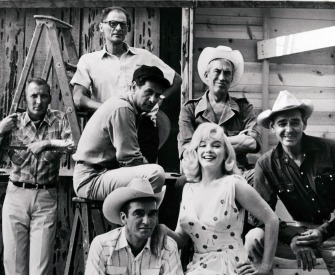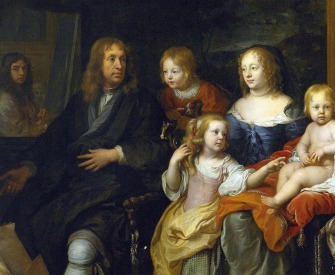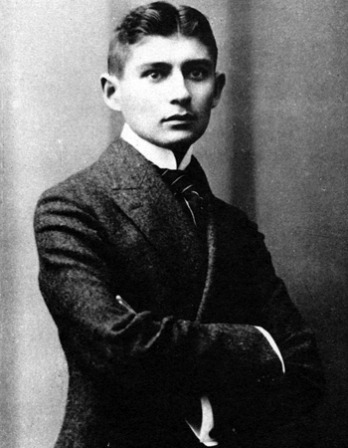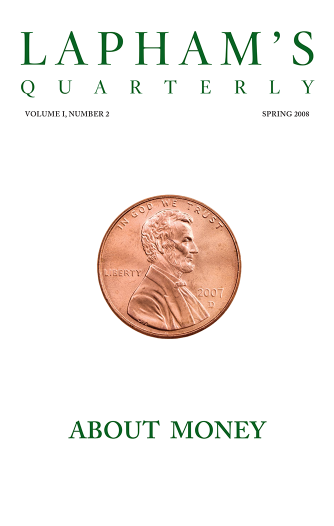It is well known to those who have the charge of young infants that it is difficult to feel sure when certain movements about their mouths are really expressive; that is, when they really smile.
Hence, I carefully watched my own infants. One of them at the age of forty-five days, and being at the time in a happy frame of mind, smiled; that is, the corners of the mouth were retracted, and simultaneously the eyes became decidedly bright. I observed the same thing on the following day; but on the third day, the child was not quite well, and there was no trace of a smile, and this renders it probable that the previous smiles were real. Eight days subsequently and during the next succeeding week, it was remarkable how his eyes brightened whenever he smiled, and his nose became at the same time transversely wrinkled. This was now accompanied by a little bleating noise, which perhaps represented a laugh. At the age of 113 days, these little noises, which were always made during expiration, assumed a slightly different character and were more broken or interrupted, as in sobbing; and this was certainly incipient laughter. The change in tone seemed to me at the time to be connected with the greater lateral extension of the mouth as the smiles became broader.
In a second infant the first real smile was observed at about the same age, viz., forty-five days, and in a third, at a somewhat earlier age. The second infant, when sixty-five days old, smiled much more broadly and plainly than did the one first mentioned at the same age, and even at this early age uttered noises very like laughter. In this gradual acquirement by infants of the habit of laughing, we have a case in some degree analogous to that of weeping. As practice is requisite with the ordinary movements of the body, such as walking, so it seems to be with laughing and weeping. The art of screaming, on the other hand, from being of service to infants, has become finely developed from the earliest days.
From The Expression of the Emotions in Man and Animals. In 1877 Darwin published the results of an observational study he had performed thirty-seven years earlier, during the infancy of one of his children. Darwin had been making “strange and loud noises, which were all taken as excellent jokes” by his son, but one day the biologist “made a loud snoring noise which I had never done before”; his son “instantly looked grave and then burst out crying.”
Back to Issue





